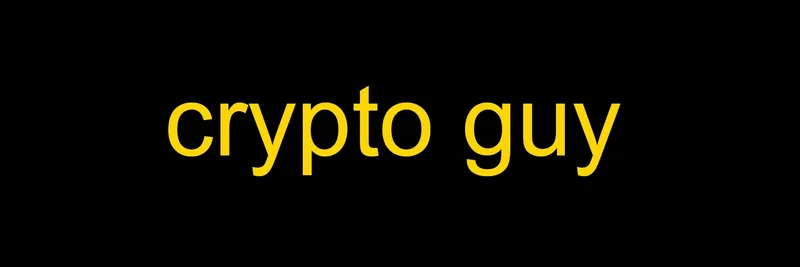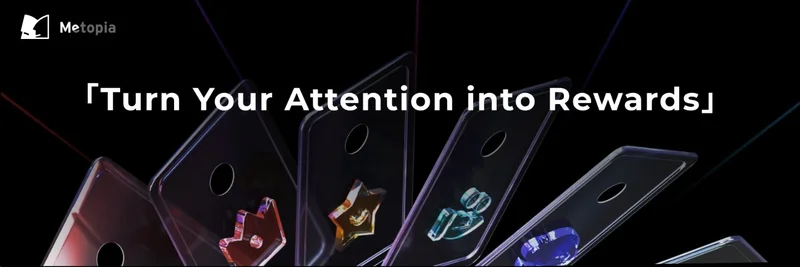The Hidden ETH Stake Discovery That Sparked a UX Debate
Imagine logging into your crypto wallet and suddenly finding 1 ETH staked on a random Layer 2 (L2) network you barely remember using. That’s exactly what happened to Condz, a crypto enthusiast who shared their experience on X. In a post on August 4, 2025, Condz tweeted: "we gotta improve crypto UX by 100x just found 1 ETH stakes in a random L2 because of @Rabby_io great for rabby, bad for the L2 that hid my balance". This revelation kicked off a lively discussion about the state of cryptocurrency user experience (UX) and the tools, like Rabby.io, that are trying to fix it.
For those new to the crypto world, UX refers to how easy and intuitive it is to use a platform or wallet. Layer 2 networks, like the one Condz mentioned, are secondary blockchains built on top of main networks (Layer 1, such as Ethereum) to speed up transactions and reduce costs. But if the UX is poor, users might not even realize their assets are staked or locked away, leading to frustration—or in Condz’s case, a pleasant surprise!
Why Crypto UX Needs a 100x Boost
Condz’s experience highlights a common pain point: crypto platforms often bury important information under complex interfaces. Staking 1 ETH (worth around $2,600 at current prices) is no small deal, yet it went unnoticed until Rabby.io, a user-friendly wallet for Ethereum and other EVM-compatible chains, revealed it. This suggests that many users might have hidden assets they don’t know about, which is both a security risk and a missed opportunity.
In the thread, followers like @IronRedSandHive chimed in, asking what a 100x better UX might look like. Features like clearer dashboards, real-time notifications, and guided tutorials could transform the experience. Meanwhile, @CryptoKatze suggested a referral system for Rabby.io, showing how community-driven tools are gaining traction. The crypto market, valued at $2.46 trillion in 2024 according to procreator.design, relies heavily on user adoption—making UX a critical factor.
Rabby.io: A Game-Changer in Wallet UX
Rabby.io deserves a shoutout here. Unlike traditional wallets, it’s designed to simplify managing assets across Ethereum and EVM chains. Its ability to uncover Condz’s staked ETH proves its value, but it also exposes a flaw: if a wallet can find hidden balances, why aren’t L2 networks doing a better job? A good UX, as outlined by openware.com, should include intuitive navigation, clean design, and robust support—elements some L2s are clearly missing.
For blockchain practitioners, this is a wake-up call. Meme tokens and other crypto projects thrive on community engagement, but that’s hard to achieve with confusing interfaces. Rabby.io’s success hints at a future where wallets become more than just storage—they could educate users and streamline staking with features like contextual help or “tour guides,” as suggested by UX experts.
The Bigger Picture: Trends Shaping Crypto UX
The need for better UX isn’t new. With 67% of Millennials viewing Bitcoin as a safe haven and 70% of Gen Z wanting intuitive platforms (procreator.design), the pressure is on. Layer 2 solutions, while innovative, must prioritize user-friendliness to compete with giants like Coinbase, which owes much of its success to a simple interface.
Looking ahead, trends like modular design and bite-sized educational content could revolutionize crypto UX. Imagine a wallet that walks you through staking step-by-step or alerts you when assets are at risk. For Meme Insider readers, this could mean more accessible tools for tracking meme tokens on L2s, blending fun with functionality.
What’s Next for Crypto UX?
Condz’s discovery is a microcosm of a larger issue: crypto’s potential is stifled by poor UX. A 100x improvement might sound ambitious, but with tools like Rabby.io leading the charge and community input shaping the conversation, it’s within reach. For blockchain enthusiasts, the takeaway is clear—demand better interfaces, experiment with new wallets, and stay informed. Who knows? Your next hidden ETH stake might be waiting to be uncovered!
Let us know in the comments what features you’d love to see in a 100x better crypto UX! And if you’re into meme tokens, check out our latest Meme Insider guides for the hottest trends in the space.




